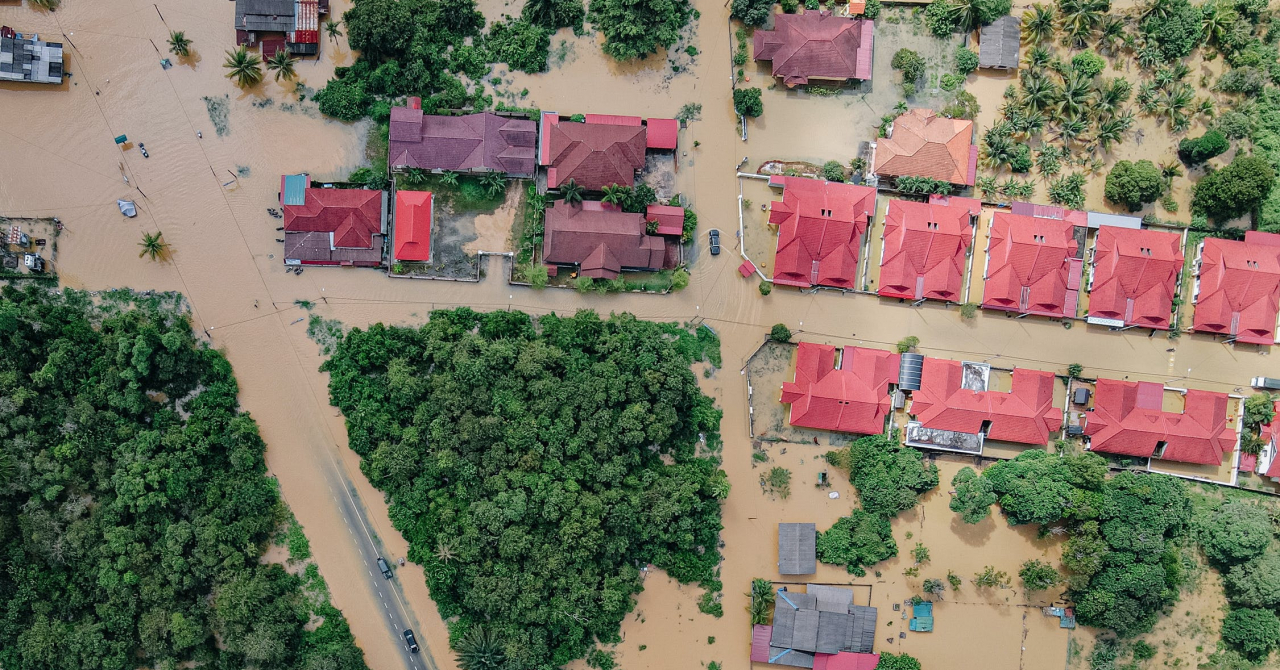Between 90,000 and 142,000 deaths were attributed to weather and climate events between 1980 and 2020, the overwhelming majority of which were caused by heat waves.
The data, published by the European Environment Agency, shows no clear trend of increasing losses over the decades due to the impact of the climate crisis. This is because economic impacts tend to be concentrated in a few major events - more than 60% of economic losses were caused by just 3% of weather events in this period - and these can strike anywhere and have very different outcomes, writes The Guardian.
"There is no clear pattern to the most extreme events - they are still largely random. But adaptation is ongoing and is having an impact.", said Wouter Vanneuville of the EEA, one of the lead authors of the study.
The worst economic damage was caused by floods, which accounted for up to 44% of losses, closely followed by damage from storms, which amounted to 39%, depending on the dataset used.
The EEA gathered economic loss data from insurers and other commercial sources, which had slightly different methodologies, resulting in a difference in loss estimates for this period of between €450 billion and €520 billion, depending on the datasets used.
23% of the losses over this period were insured, although these rates varied widely from country to country, with more than half of the losses insured in Denmark and the Netherlands and only around 1% in Lithuania and Romania.
Switzerland, Slovenia and France recorded the highest losses per capita during this period, and the highest losses per area were recorded in Switzerland, Germany and Italy.
 Florin Cașotă
Florin Cașotă












Any thoughts?